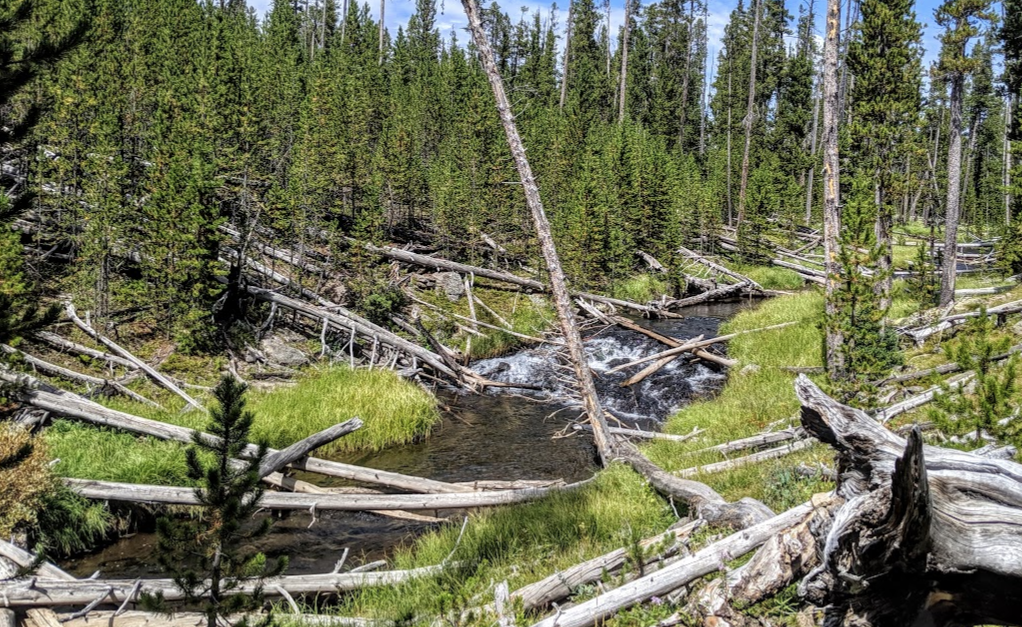By Jim Strogen
There are some spots that I know must hold a trout, that I won’t cast to and risk losing my fly. Instead, I just tip my hat to the fish for picking that lie and move on to the next hole.
That doesn’t happen too often, and I tend to lose my fair share of flies. As my uncle taught me, “If you aren’t losing flies, you aren’t fishing where the trout are.”
Besides the fun of catching fish in the tough spots where others might not attempt a cast, bigger trout occupy the best habitat — which is generally also the safest habitat, where they can hold and wait for food to come to them without exposing themselves to predators. A case in point was my most recent trip to the East Verde River, 20 minutes from my home in Payson, Ariz. The stream has been stocked with Gila trout, one of two native Arizona trout.
I caught a nine-inch Gila in the main channel in front of a log barb added by the Arizona Game and Fish Department, but then decided to cast to a tight pocket between the log and a boulder right next to the bank. A nice 13-incher hit my fly immediately. The bigger fish was in the better holding water, and the cast was tougher to make.
An even tougher spot rewarded me with a larger fish. Obstacles like tree roots and sweepers will scare many anglers from making a cast, but those are the situations that I love.
The cast I use in those precision scenarios is a sling shot or bow and arrow cast. I can sling it under trees and into pockets that a normal cast will not allow. I’d suggest practicing the cast by aiming for dock corners at first to avoid losing flies while you are learning, and then give it a try on a small stream where you know that there must be a fish that has never seen a fly.
Jim Strogen is the youth education coordinator and conservation chair for the Gila Trout Chapter of Trout Unlimited, Payson, Ariz.



